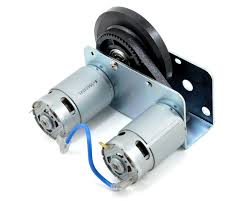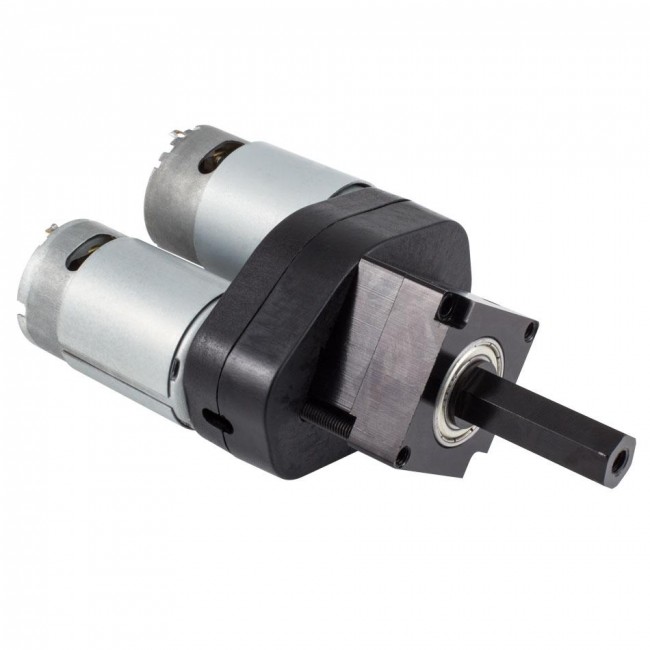Dual or Two Motor Machines Harm and Benefits
There had been a lot of buzz on the internet in regards to dual vibration machines and two motor machines. Some of our clients have been asking: What are they? How are they different from single motor machines? I heard you should never get a dual motor machine because it is unsafe!
This article will shed light in the whole concept of dual vibration machines.
Vibration machines were initially designed by the Russian’s space program to allow their cosmonauts to stay in space longer. NASA later adopted this technology to help their astronauts avoid the problem with muscle atrophy. Because of zero G-force in space, major muscle groups and the various muscle fibers in the human body does not get mobilized and slowly begin to shrink. This essentially is the same as not exercising or not doing anything meaningful to your muscles (stressing them of sorts) and will lead to muscle atrophy, poor balance, and overall weakness. As with the prior designs used in space, vibration machines are slowly starting to become recognized in the consumer market for its usefulness in preventing muscle atrophy and helping users that are physically unable to exercise.
Many models exists today with various specifications and under various names. Some are single motors, some have two, and some are dual motion.
Single motor machines basically have one motor that drives whatever vibration style the machine is designed to generate. An oscillation machine will pivot left and right and triplanar machine will vibration side to side, up and down. The design is different between these two types of platform and oscillation usually does not have have two motors driving that particular motion.
The two motor machines are more common to Triplanar machines. The platforms of Triplanar machines are loaded on springs and the motor(s) are mounted between between the two plates of the machines. Power Plate is a brand of vibration machines that utilize the triplanar style of motion and some of their machines uses two motors to drive a single triplanar motion. They sometimes refer to this is dual drive. The problem with this, because of cost, amongst other factors, is that there is a high (almost guaranteed) tendency the two motors will spin out of sync. This asynchronized system is detrimental to the machine in general and also to the user. When the two motors spin out of sync, they cancel each others motion. Not only do you lose a lot of performance in machine, sometimes you wouldn’t know the exact frequency you’re at simply because of the cancellation effect.

Pulley style dual motor system
 Single shaft dual motor system
Single shaft dual motor system
For example, motor 1 has its counter weight at the 11 o clock position, and motor 2, which is mounted right beside motor 1, has its counter weight at the 6 o clock position. Some of the up motion generated by motor 1 is cancelled out by the down motion generated by motor 2. In this example, the machines platform will be shake left, and down. Improper frequencies can harm our body and you would not want to expose your body to frequencies that are unpredictable as it can act like a jackhammer and actually do more harm then good. Synchronized motors on other hand, mitigate much of this inconsistent frequency issue and are quite safe to use. Depending on the manufacture, the most common style is tying the two shafts together so that the counterweight are always going in the same direction.
Dual motion machines are quite different in their construction and can be easily confused with two motor, or dual drive machines. Dual motion means the vibration machine can product two different vibration styles. These are the newer machines on the market and can produce both the oscillation vibration, and spiral vibration. Some dual motions machines produce the triplanar vibration motion in place of the spiral, but it really depends on the manufacturer. The triplanar motors used in these machines tend to last longer because of the more favorable technical design. In dual motion machines, motor 1 is responsible for the oscillation motion where the platform pivots left and right. Motor 2 is responsible for producing the spiral or triplanar vibration, which does the side to side, up and down motion. The motors generate a motion that is independent of the other vibration. What ends up happening is instead of cancelling the effects of the other vibration style, they work in tandem to amplify the effects of the total vibration machine. You end up getting a more powerful 3D motion that is more powerful then using just a single vibration. These dual motion machines are quite safe to use and are amongst the more popular vibration systems today.
